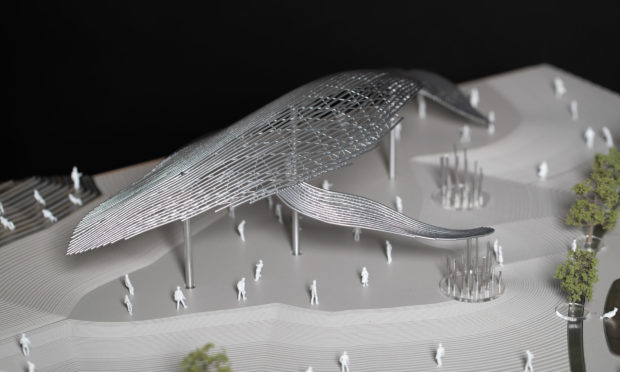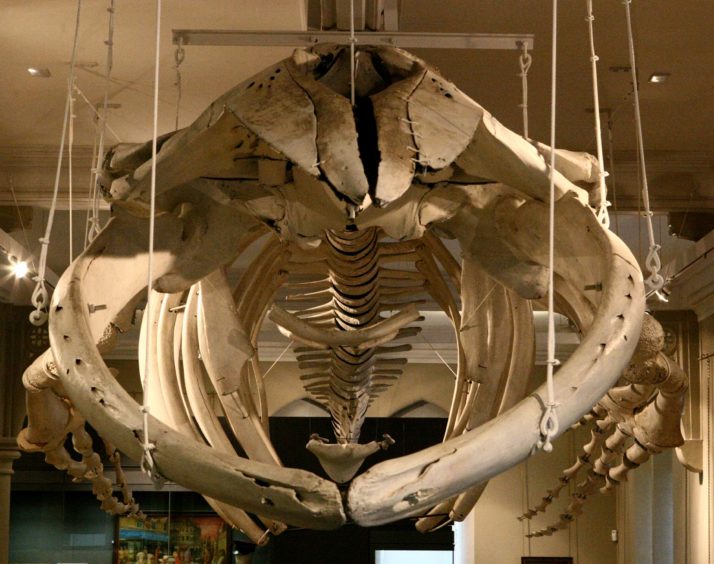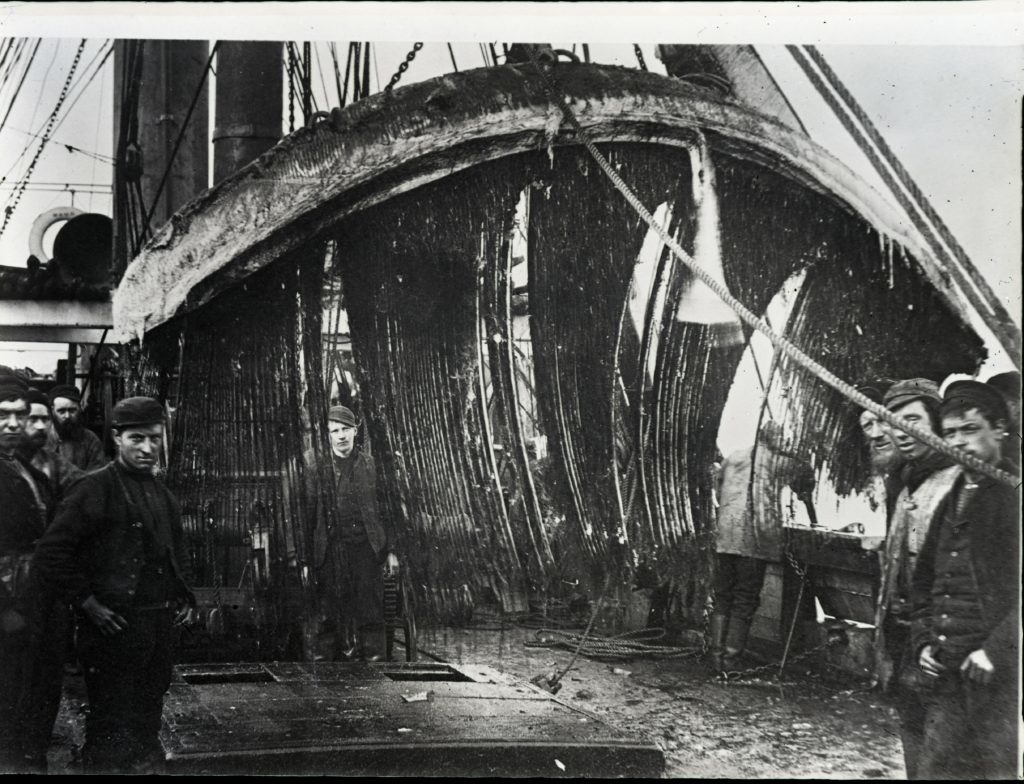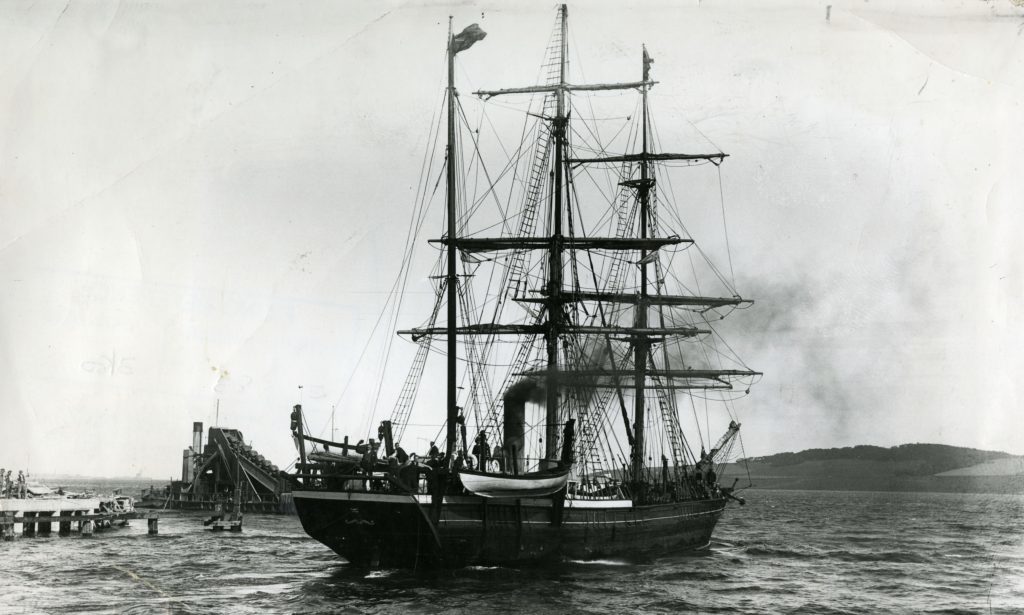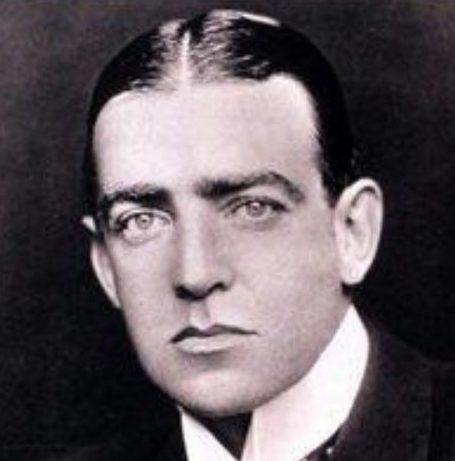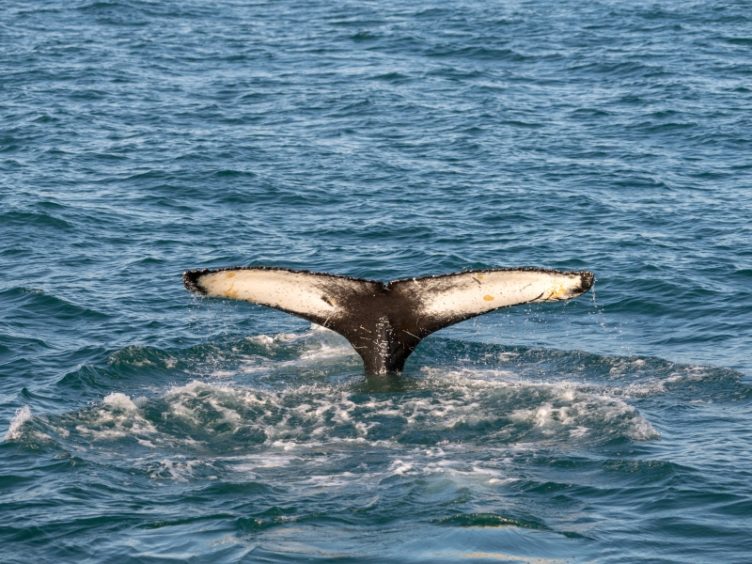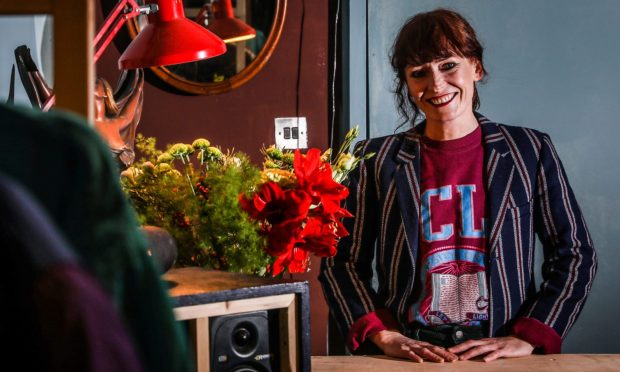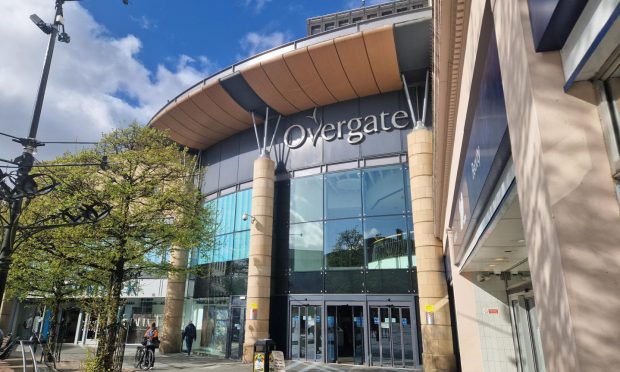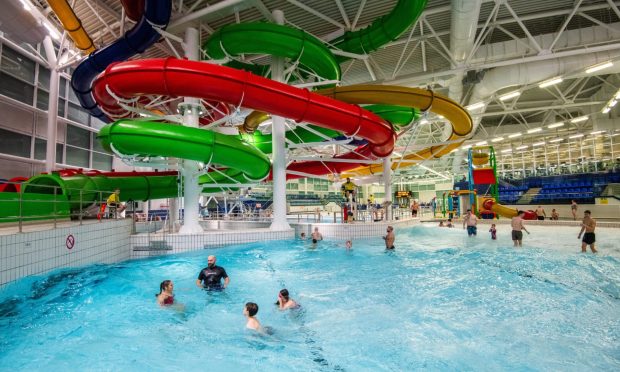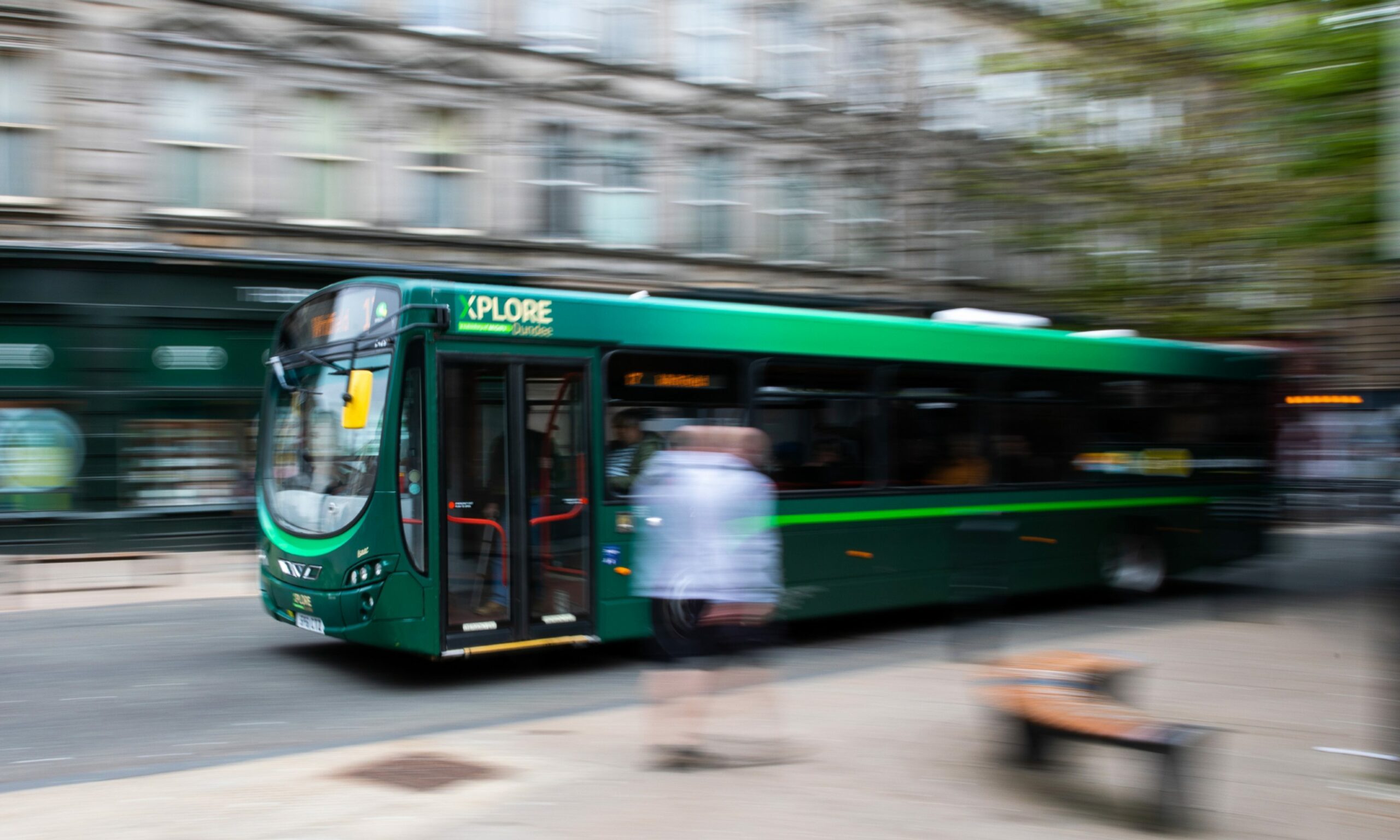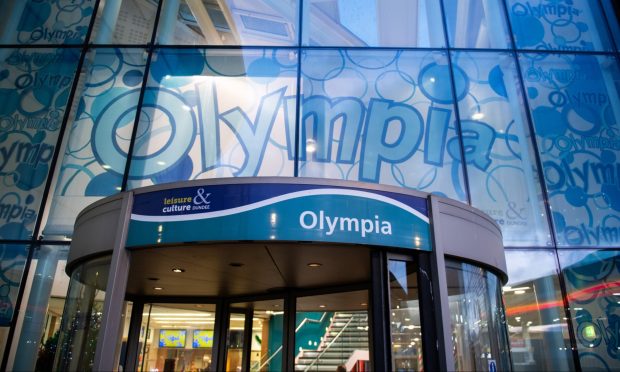As plans for a dramatic whale sculpture are announced for Dundee Waterfront, the story of the famous ‘Tay Whale’, and the city’s whaling heritage, is recalled by Michael Alexander.
The announcement that a spectacular sculpture of a humpback whale has been selected as the centrepiece for a prime position on Dundee’s Waterfront has resurrected stories about the city’s remarkable links with polar exploration and the whaling industry.
However, the unveiling of artist Lee Simmons’ stunning design for an interactive play park at Waterfront Place has also raised the dramatic story of Dundee’s ‘original’ Tay whale.
In December 1883, a humpback whale appeared in the Firth of Tay off the shore of Dundee, at that time Scotland’s major whaling port.
The skeleton of the 40-foot long specimen – harpooned off the Mearns coast by city sailors who pursued the 18 tonne animal from the Tay – is suspended from the ceiling in The McManus.
While the museum continues to be closed as a result of the coronavirus shutdown, curator of botany and zoology Mike Sedakat has recalled the story of the Tay Whale to mark its designation as The McManus’ ‘object of the month’.
“The skeleton is one of the largest objects in The McManus collection,” he said.
“It is a young adult male humpback whale and it swum into the Firth of Tay in 1883.
“Dundee at the time was the premier whaling town of the British Empire.
“Unfortunately this was very bad timing on this whale’s part.
“It was attracted to the Firth of Tay by an unusually large number of herring and sprat – small fish that it was feeding on.
“The Arctic whaling fleets were docked in the city harbour, so they took the opportunity to try and hunt the whale.
“Initially the whale got away but later died of exhaustion when it was harpooned and was found a week or so later along the Aberdeenshire coast.
“Humpback whales had suffered in the past from overhunting by whalers. Although their numbers have increased slightly, it’s still fairly small.
“Hopefully efforts to conserve their populations will lead to an increase in the numbers.”
From RRS Discovery to the famous King Penguin, Dundee’s links with the so-called heroic age of polar exploration and whaling are well documented.
In the 19th century, Dundee was the major European capital of the whaling industry.
Every year, whaling ships would sail to the Arctic to hunt whales, their oil being used for lighting and their bone used for corsets.
Whale oil was also the catalyst for Dundee’s world domination of the jute industry. It was used to make jute workable, transforming Dundee into what was known as Juteopolis.
The city’s expertise in building whaling ships led to Captain Scott’s Discovery and many other Antarctic exploration vessels being built in the city, while former Dundee student Alister Forbes Mackay was a member of the first party to reach the South Magnetic Pole in 1909.
But the whale hunters also brought back specimens for museums and Inuit artefacts traded with the native people they met, and many can still be viewed at the University of Dundee’s D’Arcy Thompson Zoology Museum
The whalers also brought back specimens for the city museum – now the McManus, then called the Albert Institute – and occasionally they brought back live Inuit who were treated as VIPs and shown round the town.
In 1896-7 D’Arcy made his own expeditions to the sub-Arctic Bering Sea as part of an international inquiry into the fur seal industry.
Recognising that the species was threatened with extinction, he helped to persuade governments internationally to establish a species protection order, as well as drawing attention to other endangered species in the same ecosystem, such as the sea otter.
D’Arcy also knew many of the great explorers – it was probably thanks to him that Nansen became rector of the University at St Andrews and Dundee.
He persuaded Shackleton to take one of his former students and lab assistants, Alister Forbes McKay, on his first South Pole expedition aboard the Dundee-built Nimrod, and McKay became one of the party that were the first in the world to reach the South Magnetic Pole.
On their return Shackleton presented a King Penguin specimen to D’Arcy’s museum, which is one of the star exhibits today.
Of the course the whaling and ship building industries that once powered Dundee waterfront have long gone.
But following in the wake of the V&A Design Museum and as the headwinds of potentially difficult post-coronavirus economic times build on the horizon, it seems apt that Lee Simmons’ stunning humpback design represents the next phase of a project which city chiefs say will be a fundamental part of Dundee’s economic recovery plan.
It is the artist’s first Scottish commission after his £134,750 design was selected from a shortlist of four by a panel of experts led by Dundee City Council.
Judges, including figures from V&A Dundee, Abertay University, St Andrews University, and Duncan of Jordanstone College of Art and Design said the design was chosen for the city’s historical connections to whaling.
Lee’s large-scale sculpture will be formed in tubular sections following the creature’s contours, with its tail arching towards the River Tay to capture a sense of movement.
